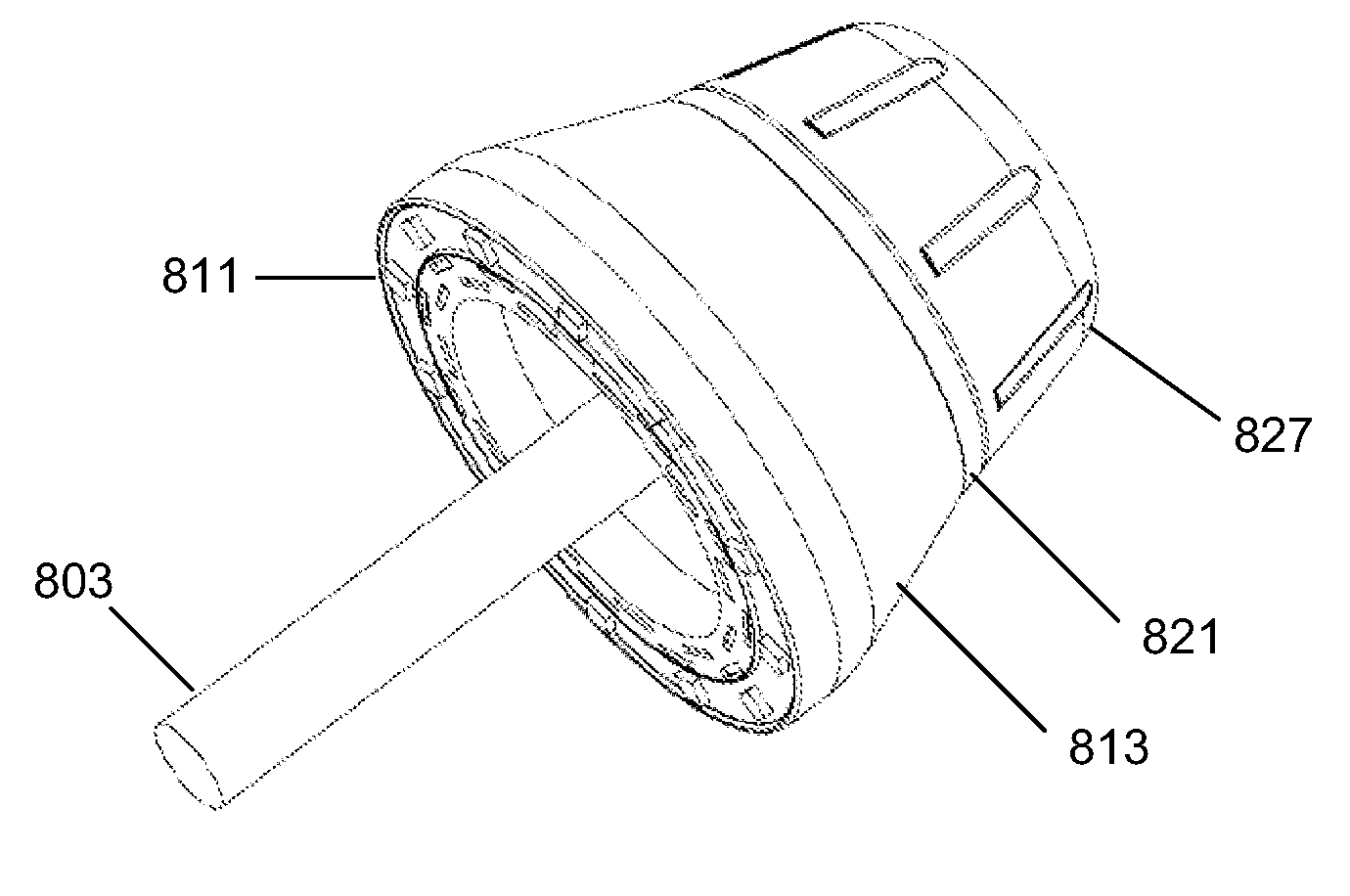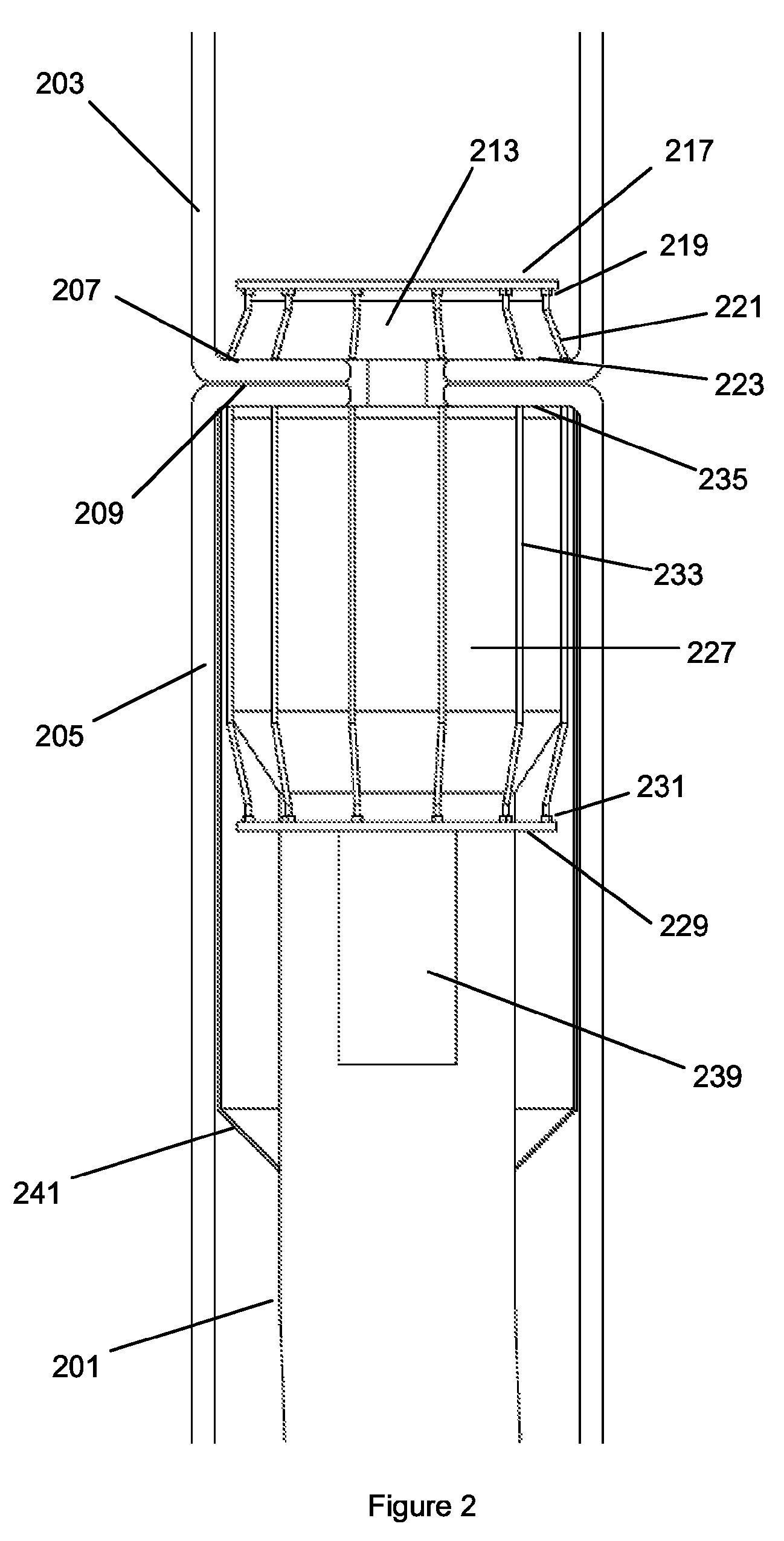Sensing adjunct for surgical staplers
a technology of surgical staplers and sensing adjuncts, which is applied in the field of surgical staplers, can solve the problems of inability to predict when a failure will occur, pain, and need for reoperation, and achieve the effects of avoiding failure, avoiding pain, and avoiding failur
- Summary
- Abstract
- Description
- Claims
- Application Information
AI Technical Summary
Benefits of technology
Problems solved by technology
Method used
Image
Examples
Embodiment Construction
[0055]The present invention relates to an adjunct or accessory to a surgical stapler, where the adjunct is configured with at least one sensor that can operate independently of said stapler. The adjunct can take the form of an optionally coupled accessory to a surgical stapler, or a stand-alone substitutive component acting to serve as a replacement for a component of the surgical stapler such as an anvil. The sensors may sense mechanical or biological properties. The sensing modalities may include mechanical, optical, chemical, electrical, or other means for generating a signal indicative of a property of a subject tissue. The sensors are incorporated into or coupled to the working surface (i.e. tissue contacting surface) of an adjunct to a surgical stapler. The sensors may be incorporated into a separate accessory for the stapler affixed to either or both the anvil and housing sides of the stapler. The sensors act independently, are communicatively coupled to each other and / or a b...
PUM
| Property | Measurement | Unit |
|---|---|---|
| wavelengths | aaaaa | aaaaa |
| wavelengths | aaaaa | aaaaa |
| concentration | aaaaa | aaaaa |
Abstract
Description
Claims
Application Information
 Login to View More
Login to View More - R&D
- Intellectual Property
- Life Sciences
- Materials
- Tech Scout
- Unparalleled Data Quality
- Higher Quality Content
- 60% Fewer Hallucinations
Browse by: Latest US Patents, China's latest patents, Technical Efficacy Thesaurus, Application Domain, Technology Topic, Popular Technical Reports.
© 2025 PatSnap. All rights reserved.Legal|Privacy policy|Modern Slavery Act Transparency Statement|Sitemap|About US| Contact US: help@patsnap.com



